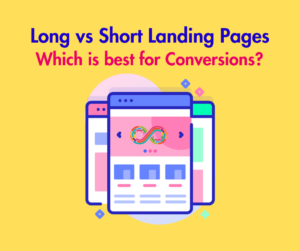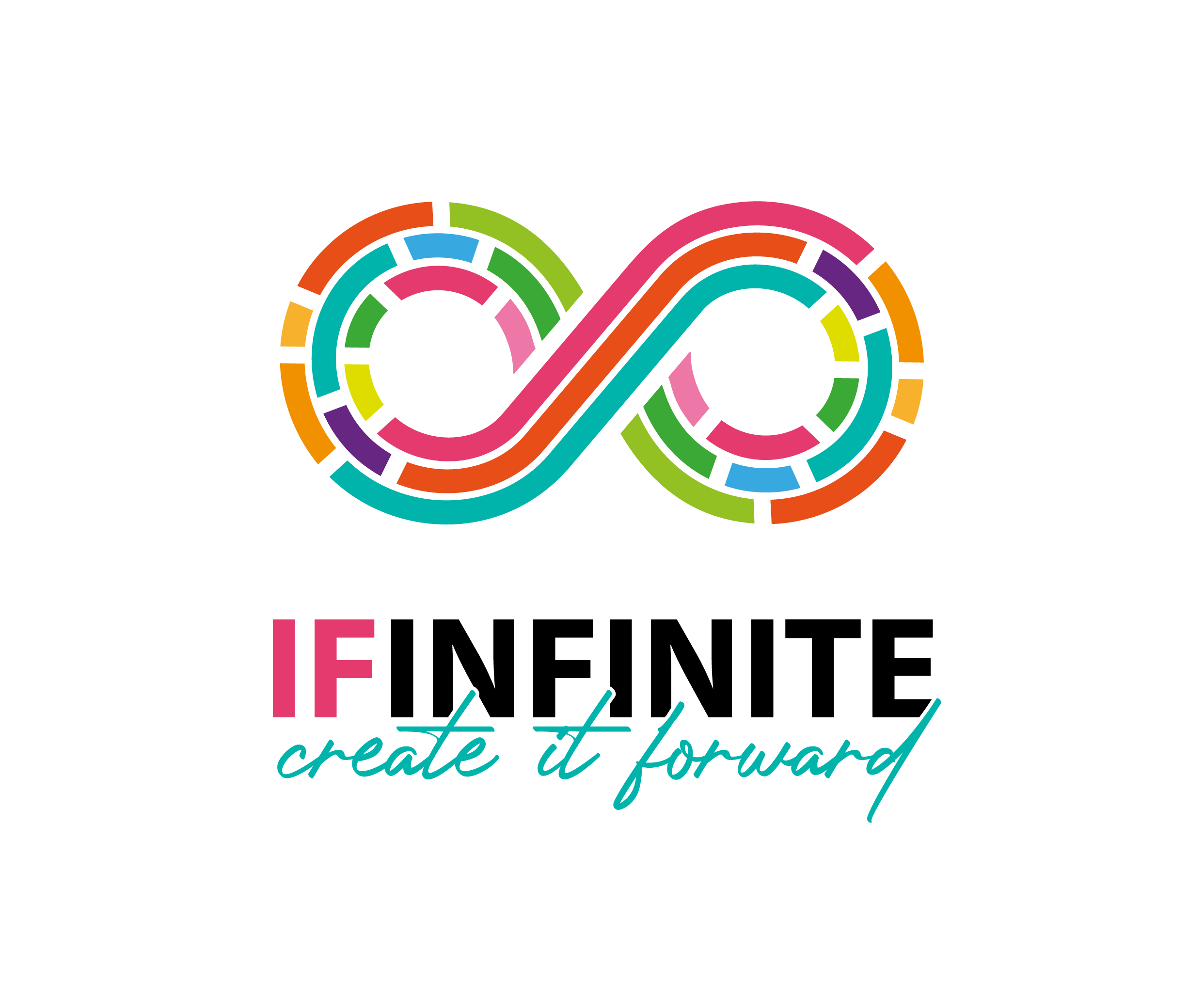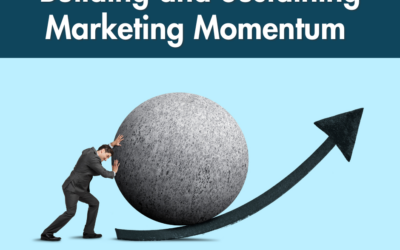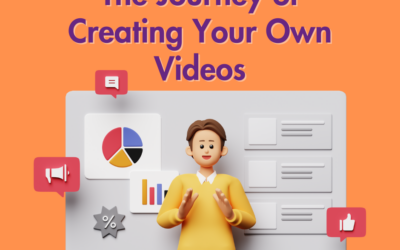Long vs Short Landing Pages: Which is best for Conversions?
The Key to Higher Conversions
A well-designed landing page can wield immense influence over conversion rates. By delivering a focused and relevant message to visitors, it can effectively steer them towards taking the desired action. For instance, envision a marketing campaign for a fitness app. A landing page that highlights the app’s benefits, showcases compelling testimonials, and features a clear call-to-action is more likely to convert visitors into users. Conversely, a generic landing page lacking tailored messaging may result in higher bounce rates and lower conversions.
So Which Works Better?
Long Landing Page Advantages:
Authority
Long landing pages offer ample space to showcase detailed content, supported claims, and compelling arguments. This depth instills a sense of authority and credibility, fostering trust among visitors. Additionally, more space allows for multiple opportunities to persuade visitors to take action.
Ranking
In the realm of search engine optimization (SEO), longer landing pages can significantly impact rankings if they feature high-quality text, optimized visuals, and multimedia elements. Over time, such pages tend to perform better in terms of SEO, enhancing visibility and attracting organic traffic.
Products
For products with intricate stories, unique features, and pricing details, long landing pages often outperform shorter ones. They provide a platform to thoroughly court and convince potential customers of the product’s value proposition, essential in competitive markets.
Long Landing Page Disadvantages:
Fewer Leads
While long landing pages may excel in conversions, they often deter casual visitors who lack the patience to navigate extensive content. This can result in a reduction in leads, particularly from impulsive users seeking quick solutions.
More Distractions
Maintaining focus and driving engagement across the length of a long landing page can be challenging. Excessive information might satisfy visitors’ curiosity without motivating them to take further action, leading to missed conversion opportunities.
Short Landing Page Advantages:
Fewer Distractions
Short landing pages eliminate potential barriers to action by providing concise, focused content. With less information to digest, visitors are more likely to absorb key messaging and proceed to the desired action without distractions.
Get What You Want
For establishing initial contact or gathering basic information, shorter landing pages prove more effective. They require minimal effort from visitors, making them ideal for initiating relationships or enticing prospects with limited commitment requirements.
KISS – Keep It Simple and Short
In today’s fast-paced digital landscape, simplicity is valued. Short landing pages adhere to the principle of keeping content concise and straightforward, catering to audiences seeking quick solutions amidst a sea of information.
Short Landing Page Disadvantages:
Quantity over Quality
While short landing pages may generate higher lead volumes, the quality of leads tends to be lower. They attract users seeking instant gratification, often resulting in fewer conversions and lower customer retention rates.
Keyword Optimization
Regardless of landing page length, effective keyword optimization is paramount for driving targeted traffic and guiding users through the sales funnel. Conduct thorough keyword research to ensure alignment with user intent and optimize keyword selection to maximize conversion potential.
In the eternal debate of long vs short landing pages, there’s no definitive winner. The effectiveness of each depends on various factors such as audience preferences, product complexity, and conversion goals. Embrace experimentation and A/B testing to identify the optimal approach for your specific context. Remember, the best landing pages are those proven to deliver results through continuous refinement and adaptation.
Tips for Creating High-Converting Landing Pages
Maximizing conversion rates necessitates adhering to certain best practices when designing landing pages:
- Simplicity: Avoid clutter and distractions to maintain focus on the primary message and call-to-action.
- Persuasive Copy: Craft compelling headlines, persuasive copy, and strong calls-to-action to engage visitors and prompt action.
- A/B Testing: Experiment with different layouts and elements to identify the most effective design.
- Mobile Optimization: Ensure seamless user experience across devices by optimizing landing pages for mobile responsiveness.
- Trust Signals: Incorporate testimonials, reviews, and trust badges to build credibility and trust with visitors.
Remember, you cannot experiment with the conversion success of your landing pages if you don’t measure their performance. We can help with that, click here to learn more about our performance measurement packages!





